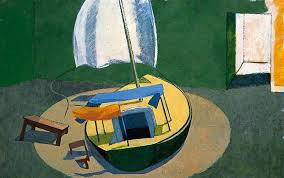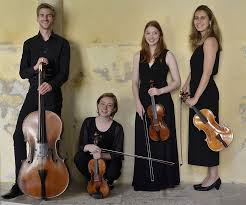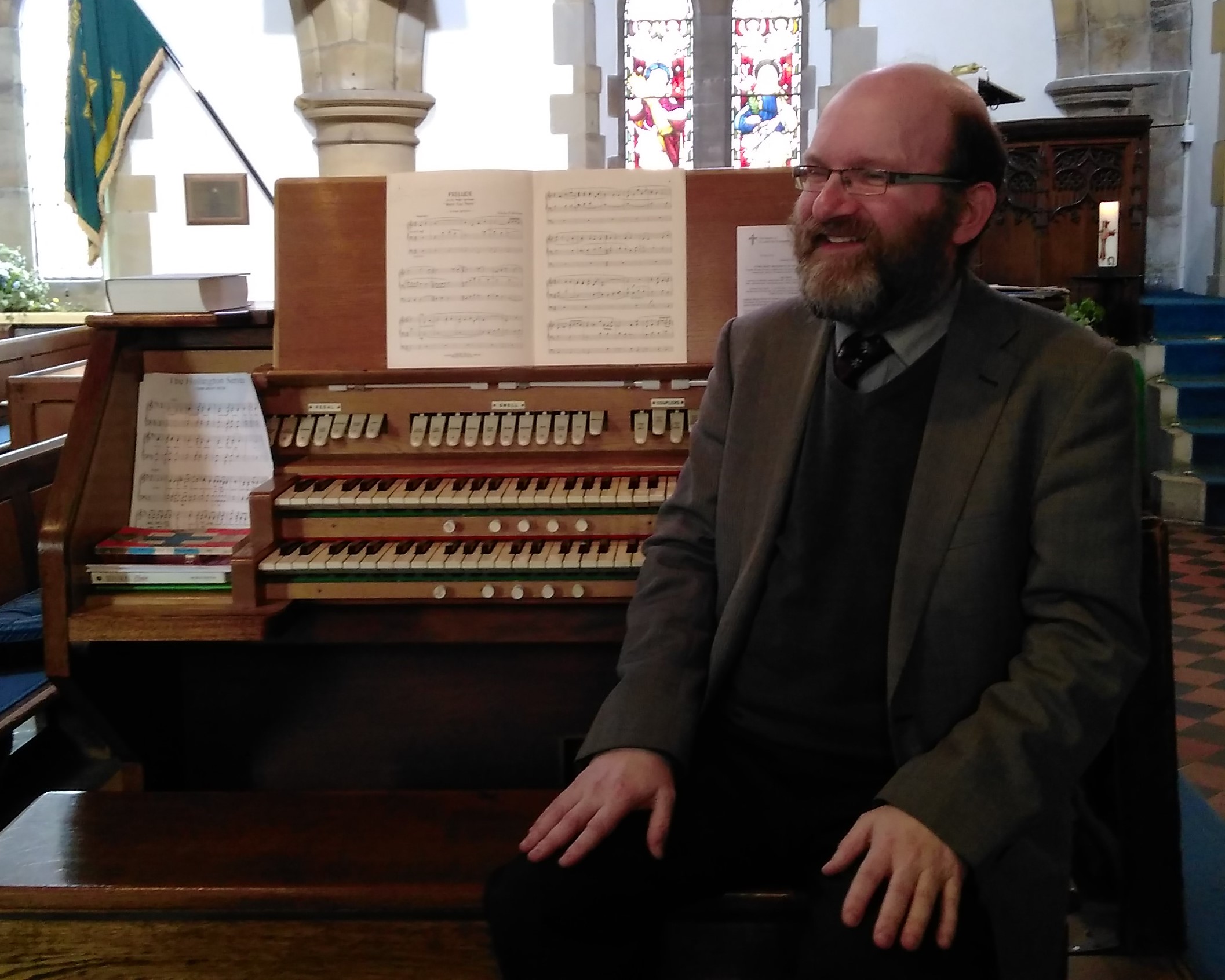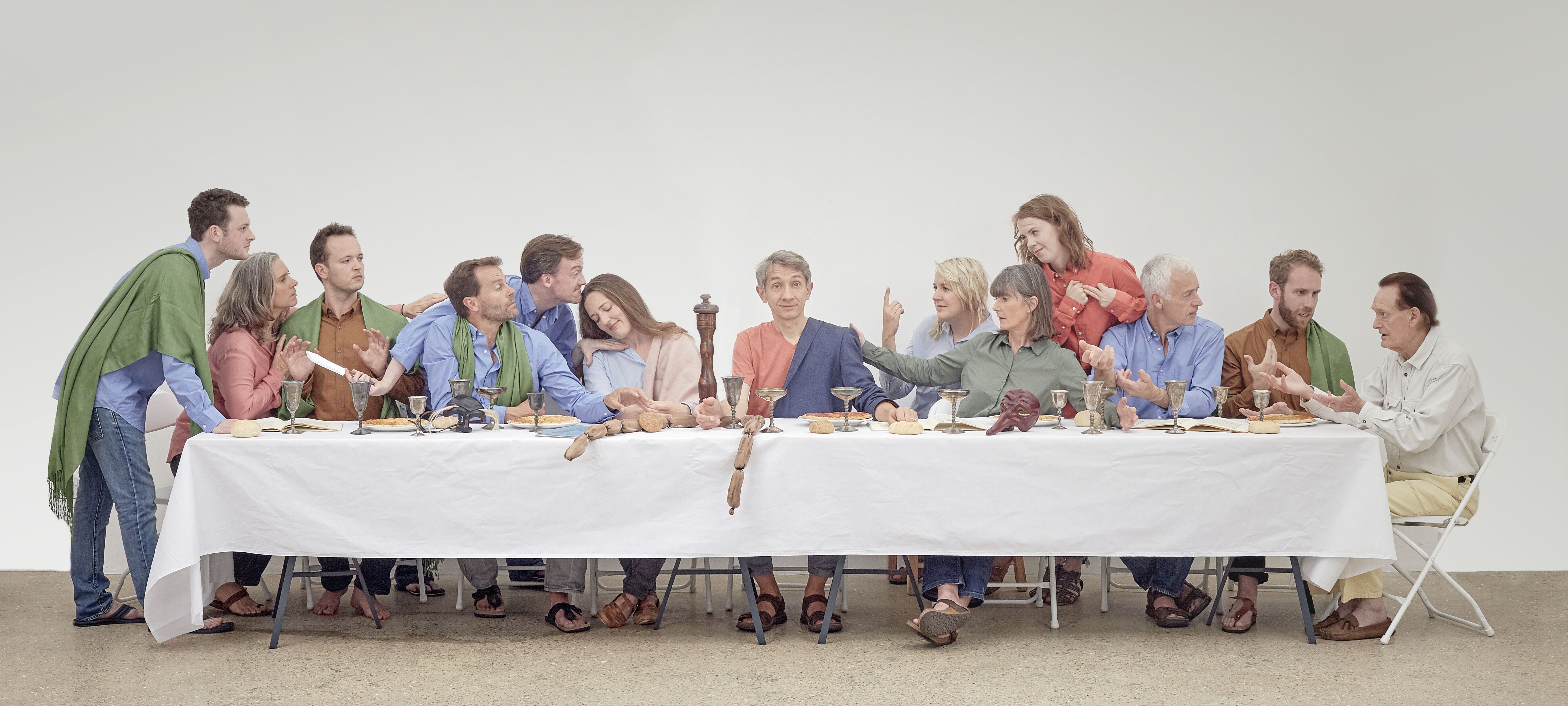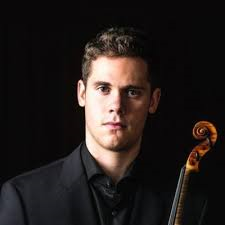St Mary in the Castle, 26th October 2019
It worked very well indeed! To set Rossini’s comic opera in a toy museum at night, where the toys become the characters, gave the Stage and Costume designer a free hand; I did like the parts the rag dolls played with the juxtaposition of a rocking horse and an oil drum on stage. The idea also gave Director, Jenny Miller, an opportunity to encourage children, who fitted in very well. And the expansion of the role given to Fiorella /intruder/ Everyman was mimed brilliantly by Matthew Mahoney. It all worked, and while the feathers of some purists may have been ruffled, it was hugely enjoyable.
The setting and atmosphere of St Mary in the Castle helped with the idea of the production. Singers and players entered from the audience or the side; scene shifts were seen and a general informality with what might be termed ‘proper theatre procedure’ fitted well with this delightful enjoyable comedy opera.
But of course it is the character of Figaro who steals the show. Oscar Catellino did just that. He played the part with relish and talent. However, the other soloists were not overshadowed. Jack Roberts excelled as Count Almaviva and was as good as a tenor can get. Mezzo Soprano Rozanna Madylus not only sang Rosina faultlessly but managed, at the appropriate times, to look equally beautiful and ridiculous. Jon Openshaw and Andrew Sparling were both very convincing as singers and actors. All soloist were excellent and played their parts with obvious enjoyment. Well done! A splendid evening of opera with talent, imagination, innovation and energy.
Apparently at the premiere of this opera in 1816 there were several on-stage accidents. And because of this, I am still wondering if the dry ice which set off a cacophony of fire alarms at the beginning of the production was deliberate. But if not, Rossini would have cheerfully sympathised.
Revd Bernard Crosby


